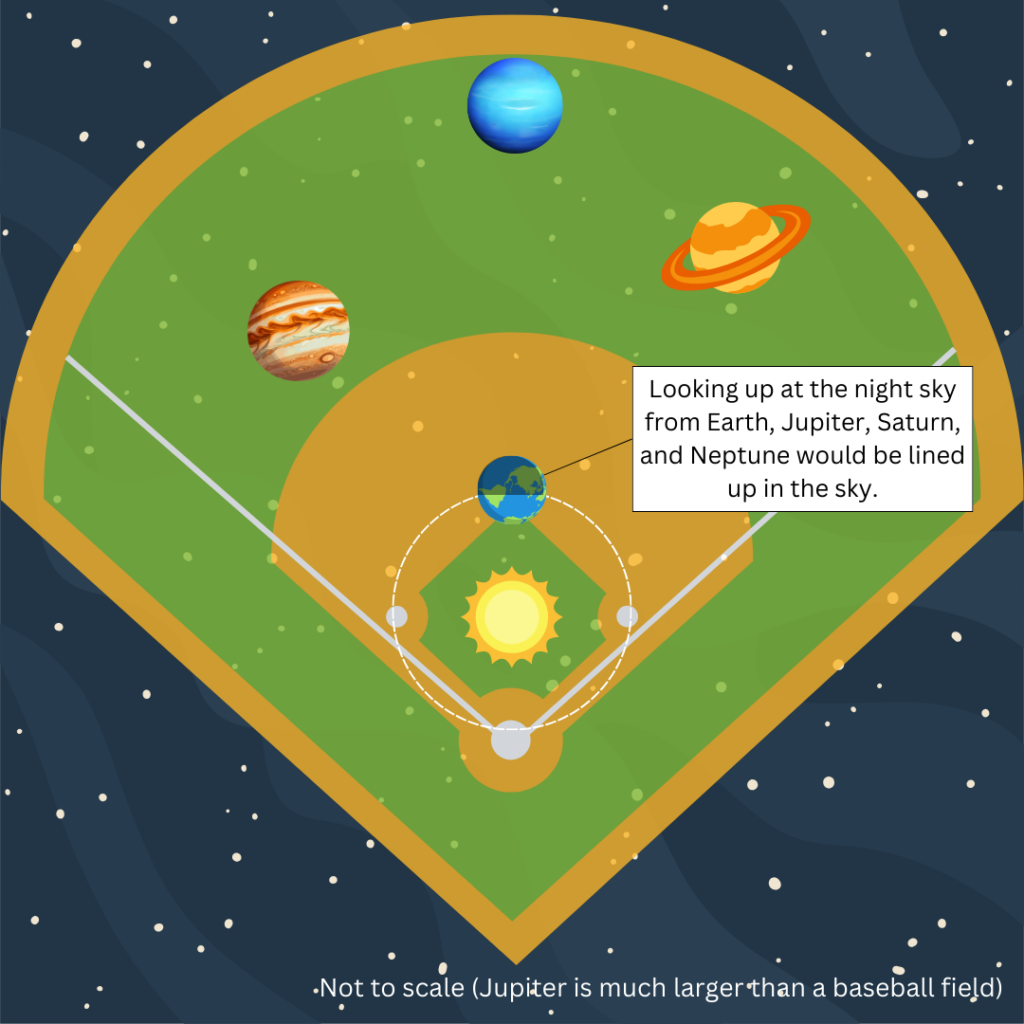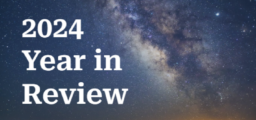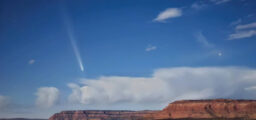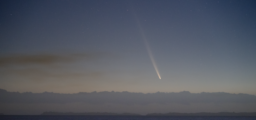Planetary Parade to Light Up the Sky
This January and February, the night sky will showcase a beautiful planetary alignment. This celestial phenomenon, often referred to as a “planetary parade,” will feature all seven of Earth’s neighboring planets visible at the same time in the sky. Throughout January and February, six planets will be visible in the night sky, and then on February 28th, seven will be visible, but a few will be very hard to see because of their close proximity to the Sun.
The term “alignment” makes it sound like all the planets are in a line in outer space, like something you might see in a movie, but that is not exactly the case. Smithsonian Magazine explains that due to the slight tilt of each planet’s orbit, a true three-dimensional alignment is impossible. Instead, from our vantage point on Earth, the planets will all appear above the horizon at the same time, creating the illusion of alignment.
It can be helpful to think of it like a baseball diamond, where the Sun is the pitcher, Earth is the player running the bases (orbiting the Sun), and planets like Jupiter, Saturn, and Neptune are the outfielders. If the runner (Earth) is standing on second base and facing the outfield (its back turned to the Sun), then in two dimensions (no depth) the runner would see the three outfielders in a line. The same is true with the solar system. When our part of the Earth is turned away from the Sun, it is nighttime, and if several planets are on the same side of the Sun as Earth, then it looks like they are lined up in the sky.

For the next two months, six planets will be visible in the night sky, so make sure to take the time to see it! A good opportunity would be to attend SVO’s next free public star party on Friday, January 17th at 6:30pm at Jackson Flat Reservoir or the following one on Friday, February 14th at 6:30pm (location TBD). Mars, Jupiter, Venus, Mercury, and Saturn will all be visible to the naked eye, and SVO’s Night Sky Interpreters will have telescopes set up to view them as well as the far distant planets Uranus and Neptune. We hope to see you there for the planetary parade!






Comments are closed.